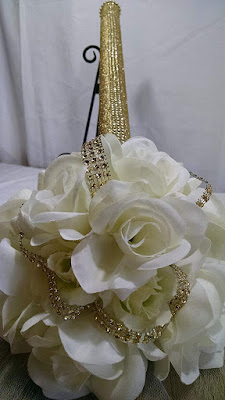First recorded marriage contracts
Marriage is an ancient institution with the first recorded evidence of marriage contracts and ceremonies dating back 4,000 years in Mesopotamia. It was an institution that primarily regulated property rights and political privileges and contracts reflected that. In that ancient world marriage primarily served to preserve power.
Kings and others of the ruling
class married off daughters to build alliances, acquire land, and produce legitimate
heirs. These deals were basically business mergers, the forging of military
coalitions, or the finalizing of peace treaties. It was seen as a way to build strategic
alliances between families. Those getting married often had no say in the
matter even in marriages between the lower class. In those cases, the purpose
of marriage was to choose a marriage partner with a good work ethic, strength,
skills and robust health – and to produce heirs. If they had adjoining plots of
land that was a real bonus.
 |
| What is traditional marriage? This book may open your eyes. |
Marriage played role banks and markets fill today
For most of history love played no part in marriage because
it was considered too serious a matter to be based on such a frail emotion. In
ancient Mesopotamia arranged marriages were the standard. Often the bride and
groom had never even met. In some cases, bridal auctions were held and women
were sold to the highest bidder. Economically, marriage filled the role that
banks and markets do today. It organized and transferred property and gave individuals
access to new workers for the family business.
This is also where the dowry came into play. Until the late
eighteenth century, the marriage dowry was the largest amount of cash or
movable goods a man would acquire in his lifetime. As a result, men were often
more interested in the dowry than the bride.
The "widow's third" was a part of the marriage contract
that guaranteed European women that upon their husband's death she would be
provided for.
 |
| Babylonian Bridal Auction |
I'm not saying love was never part of marriage in ancient times,
it just wasn't the norm and was definitely not necessary. Until the late 18th
century, parents had the right to arrange their children's marriages and could
dissolve a marriage if it happened without their permission.
Some links in this post are affiliate links. We are a participant in the Amazon Services LLC Associates Program, an affiliate advertising program designed to provide a means for us to earn fees by linking to amazon.com and affiliate sites.
Thanks so much for being part of our success.















